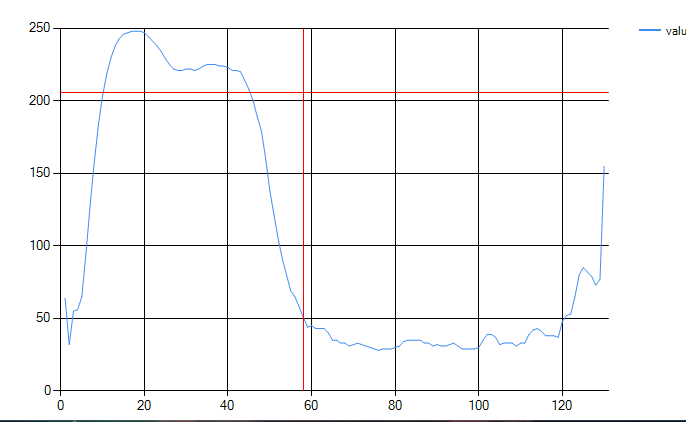Other Parts Discussed in Thread: , ENERGIA
Tool/software: Code Composer Studio
Hi,
After evaluating PGA460, we decided to make PCB to evaluate the operation status of multiple PGA460.However, after configuring them separately, we found that Echo Data Dump results of some chips were not what we expected.The peak value of the vibration attenuation is obviously smaller than the normal case.
The PCB includes the peripheral circuit of PGA460 and a TTL protocol to RS232 protocol conversion circuit.Use STM32 MCU UART drive it.The 12 v power supply.
The following are the configuration parameters of PGA460.
From 15H to 2AH:{0xAF,0XFF,0XFF,0X2D,0X68,0X36,0X5C,0X8A, 0X0F,0X03,0X12,0X68,0X51,0X03,0X00,0XEE,0X7C,0X0A,0X00,0X00,0X08,0X00}
Abnormal ECHO DATA DUMP DATA image(Use preset 1 for burst and listening)
The normal ECHO DATA DUMP DATA image(Use preset 1 for burst and listening)
We have tried switching between normal and abnormal modules, but the result is the same as before.And I tried to replace some components on the PCB, but there was still no result.
For this, can we try to use two different PGA460 devices to drive the same transducer?That is, use abnormal module to issue only listening instruction, use another normal module to issue burst and listening instruction, or vice versa (in the case of directly connecting the transducer pin on the corresponding PCB).





